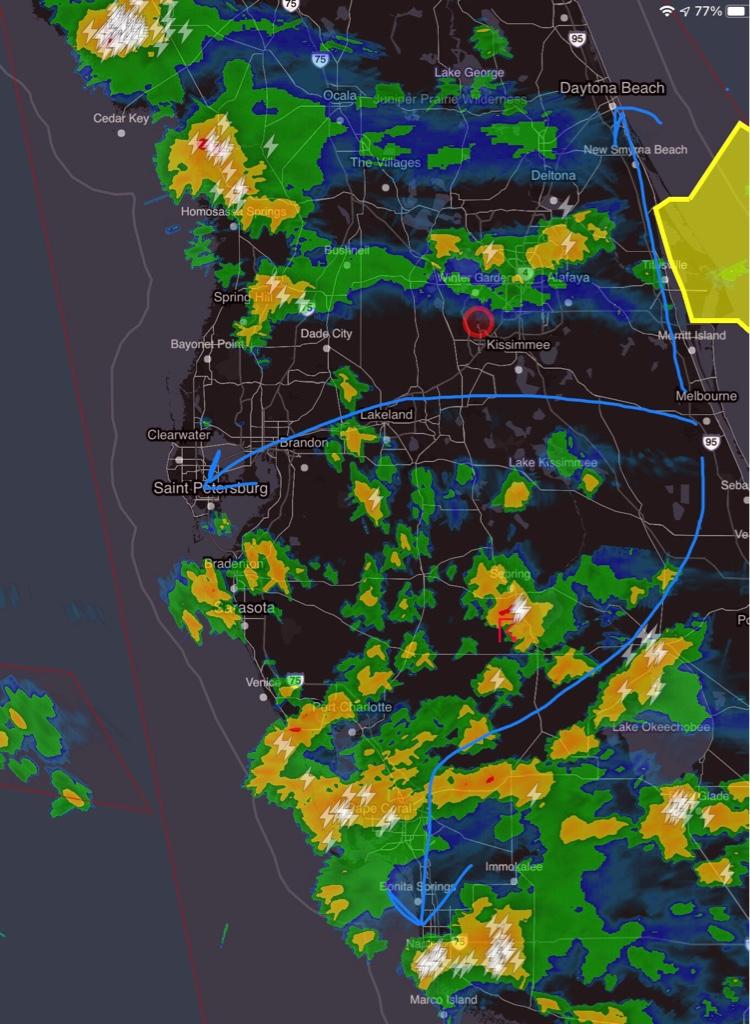Personally, a forecast of scattered thunderstorms makes me a bit nervous when flying IFR in IMC — whether I accept that or not will depend on other factors in the flight. A forecast of isolated embedded on an IMC day is within my comfort zone (assuming my Stormscope and SiriusXM are both working), but I'll still try to get between layers. If it's day time and I can stay VFR, then scattered is fine, and even widespread (in certain situations) might be OK for a short hop, but of course, I wouldn't try to thread a gap in a squall line under any circumstances.
I think there are too many variables for you to proclaim a hard-and-fast rule like you're trying to do. My aircraft, for example, is all-metal and lightning safe (as are composites with a metal web embedded). If I were flying a VFR-only composite like a Diamond Katana, which could could delaminate in a lightning strike, I might avoid areas with even scattered TS in the forecast. Likewise if I were flying a very slow plane which couldn't move much faster than the cells.
A lot of it also depends on experience. I have 1,200 hours, a lot of it in weather, so I'm moderately confident in my ability to interpret what's happening from a variety of cues (radar imagery and Stormscope, of course, but also shifts in wind direction, changes in altimeter settings, changes in temperature at altitude, the temperature gradient while climbing, etc). A 200-hour pilot might not have all of those tools yet, and could easily fly themselves into a corner without realising it, so sticking to forecasts of isolated or better isn't necessarily a bad learning strategy for the first few hundred hours.






